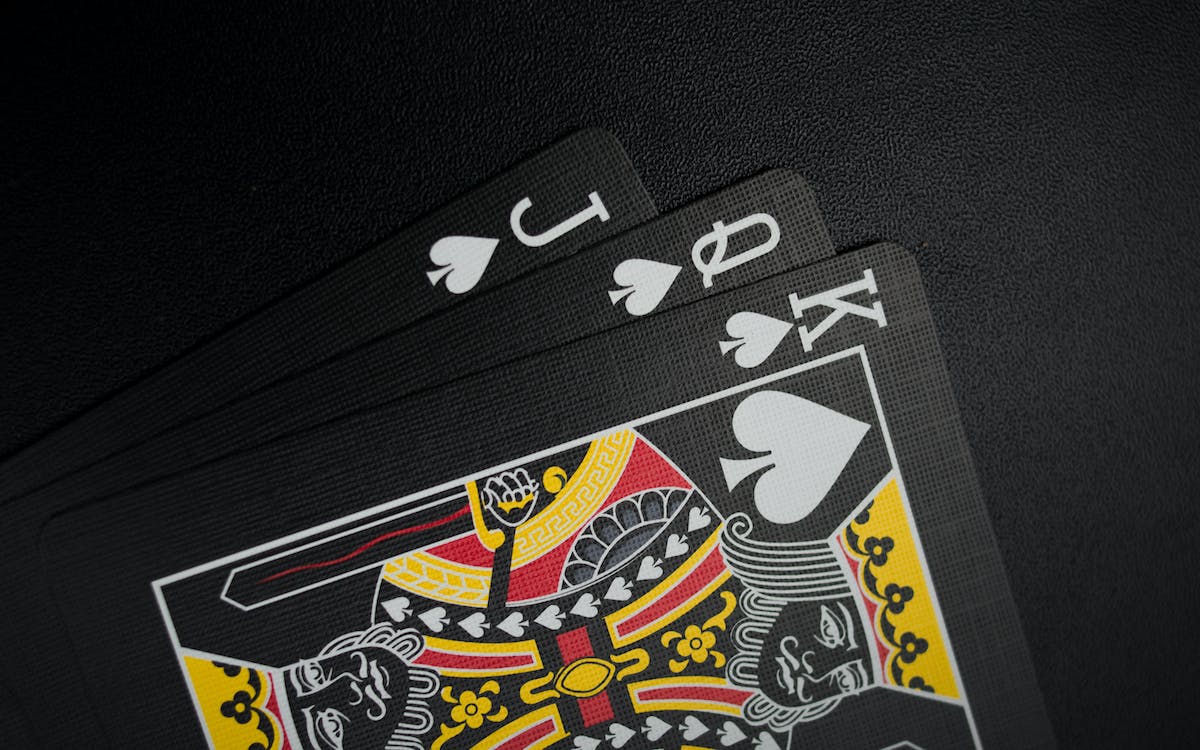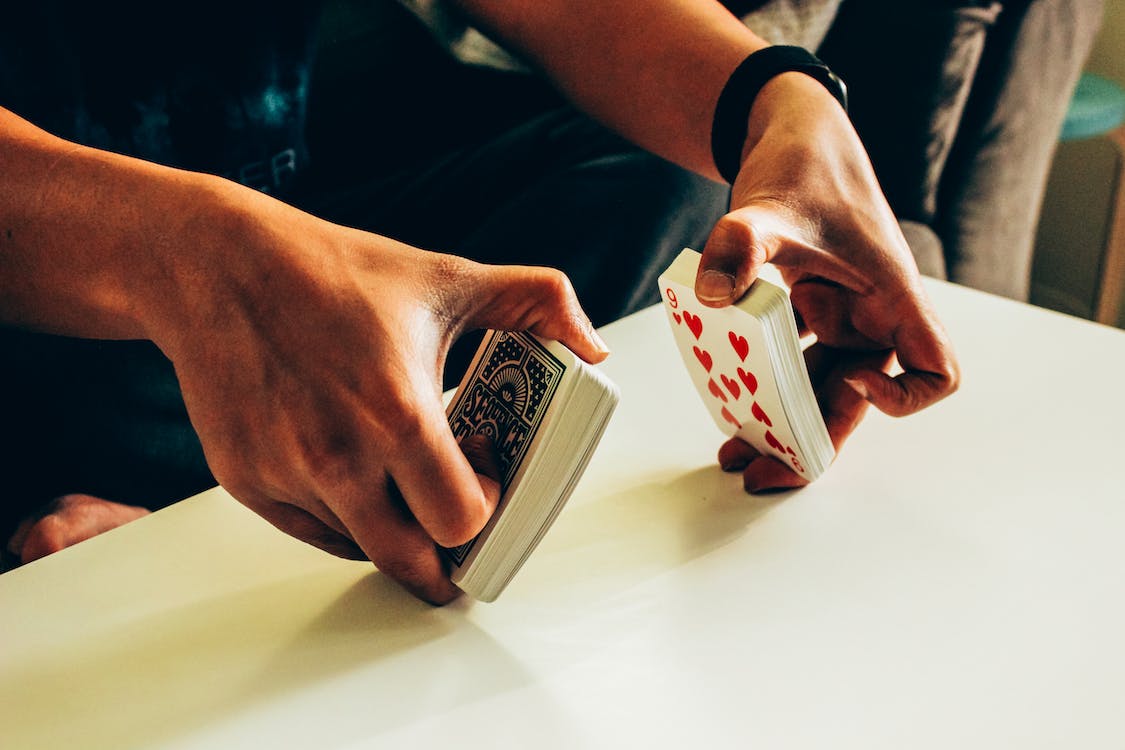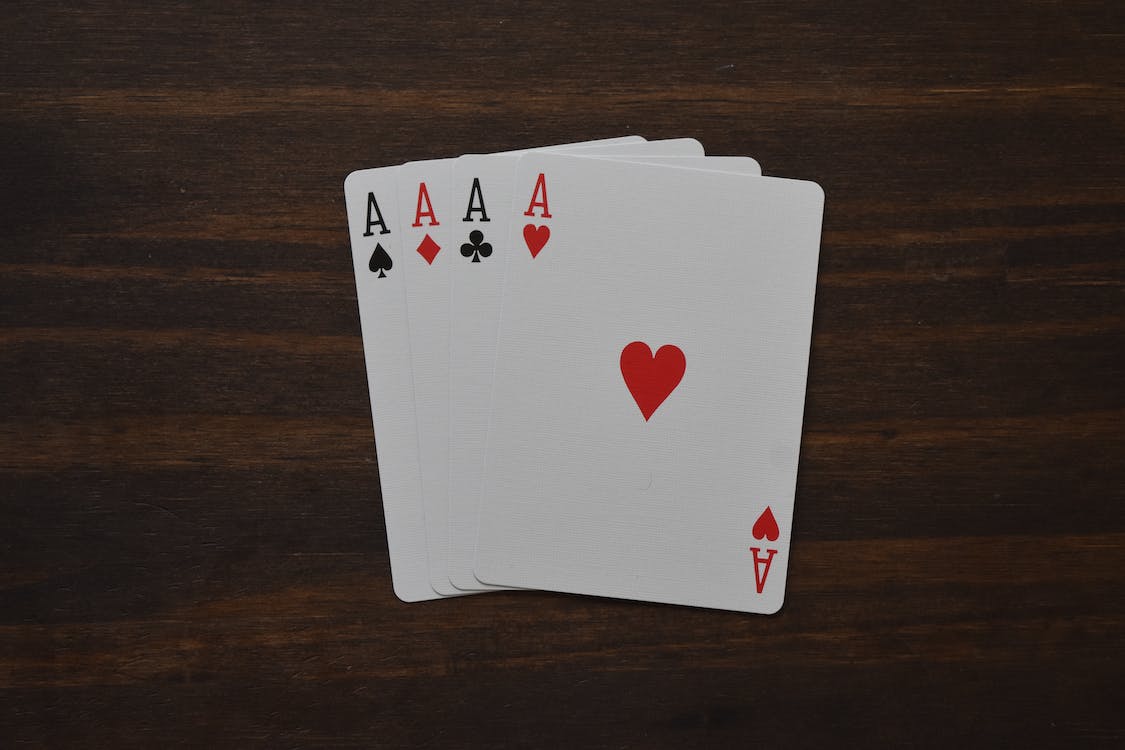Mastering the double barrel move is necessary for poker games. This strategy involves firing two consecutive bets on the turn and river to put maximum pressure on your opponents and force them to fold. But like any poker move, it’s not without risk.
That’s why you must understand when and how to execute a double barrel effectively. In this article, we’ll dive into the double barrel strategy, covering the best situations to use it. Get ready to elevate your game and keep your opponents guessing with the power of the double barrel.

Basics of Double Barreling
It may seem enjoyable to continually bet against an opponent who frequently calls, but remember that trying to bluff players who rarely fold can be bad for your bankroll. It’s helpful to consider your opponent’s tendencies, such as if they like to continue with weaker hands or aim to reach showdowns often.
The more information you have about your opponent, the easier it is to decide if a second bet is wise. If you choose to go for a second bet, it should be a bluff or semi-bluff intended to win the pot immediately. To minimize the damage if your double barrel fails, it’s advisable to have a hand with some chance of winning on a lucky river card.
Typically, when making a continuation bet on the flop with a hand, it’s common to follow up with a second bet on the turn if you have at least one overcard. Having just one overcard is the minimum amount of equity required for a successful second bet.
Only bet on the turn if there’s a chance you could win the hand if called, and the more equity you have, the better. This is applicable in most bluffing scenarios. The turn card should improve your hand rather than just carrying on with a semi-bluff from the continuation bet. This is for maintaining balance in your strategy and avoiding predictability.
Look at the Board Texture
Paying attention to the board’s texture when playing poker is essential. You may start with general rules-of-thumb, such as bluffing with a draw or value betting with two-pair. Then, learning to consider how your range interacts with the board texture will become critical when deciding whether to double barrel or not.
For example,
The board shows (Ks 8h 8c) 3d. Suppose you have a rule for bluffing on the turn, including open-ended straight draws, gutshots, and flush draws. However, you can’t bluff on this particular board because there are no such draws.
Instead, you have a range of strong hands, including Kx, 8x, and AA, that you want to value bet, but you need to balance them with bluffing hands. You should aim for a 50/50 split between value and bluffs. However, achieving that on a board with no draws is challenging.
In such situations, you must expand your rule to include other hands with relatively good equity or blockers against the opponent’s calling range. For example, hands like QJ, JT, J9, T9, and T7s would be suitable on this board as they don’t have much equity but can block your opponent’s strongest hands.

Must Have Bluff and Value Hands
Mix bluffs and value poker hands when employing double barrel tactics to vary your poker strategies. Aiming for a 50/50 balance between the two is recommended rather than relying solely on one or the other.
This approach can be particularly effective when using a pot-sized bet of around 75%, as it puts pressure on opponents holding weak hands. If using a larger bet, it may be possible to increase the frequency of double barrels, while smaller bets may require a greater emphasis on value hands to avoid being called too often.
Against Loose/ Passive Opponents
Using big bluffs against tight players at the poker table is not advisable, as they are more likely to call all the way through, and it can be costly. Instead, it’s better to target players who are loose pre-flop and play passively, as they have a wider range of hands and are more vulnerable to aggressive play.
By using second barrels against these players, you can punish them for calling too often and potentially win the hand. However, caution should be exercised against “calling stations,” who habitually call with weak hands. While bluffing them is possible, it requires careful timing, believability, and potentially three substantial bets. Overall, it’s usually more profitable to wait for a strong hand and let loose/passive players pay you off.

Turn is Bad for Opponent’s Range
The turn card must be unfavorable to your opponent’s range of hands to make a second barrel effective in poker. This makes them less confident about continuing to invest money in the pot.
One ideal scenario for a second barrel is when the turn card reveals overcards to the board, which demotes your opponent’s pair to a weaker one. Possible opportunities for a straight or flush can also be good candidates for a second barrel. While there is a chance that your opponent may be drawing to a flush, they will often hold a weak pair and may fold to well-timed aggression on a threatening board.
When Not to Double Barrel
There are certain circumstances in poker where using the double barrel strategy is not advisable. For example, if you have low-value cards and the flop reveals high-value cards like a jack, king, and ace, it’s best to fold as there’s a high chance an opponent has a strong pair.
Additionally, if someone has already raised during the pre-flop, it’s better to check and avoid attracting attention. Being too aggressive in this situation can make it harder to bluff or keep other players active in the round, especially when all eyes are on you.
Maintain spontaneity in your gameplay, so avoiding using this poker strategy too frequently in a short time is recommended, as opponents may pick up on your playing style.
Conclusion
Double barreling is a powerful poker strategy that can be used to put pressure on opponents and win pots. It’s essential to employ double barrel tactics at the right time, such as when the turn card is unfavorable for your opponent’s range of hands. Additionally, using a mix of bluffs and value hands in your double barrel approach is recommended, with an ideal balance of around 50/50.
Players should also be cautious when targeting tight or calling station opponents and wait for a strong hand when it makes more sense to let opponents pay you off. By considering these factors and using double barrel tactics wisely, players can increase their chances of success in poker games.

